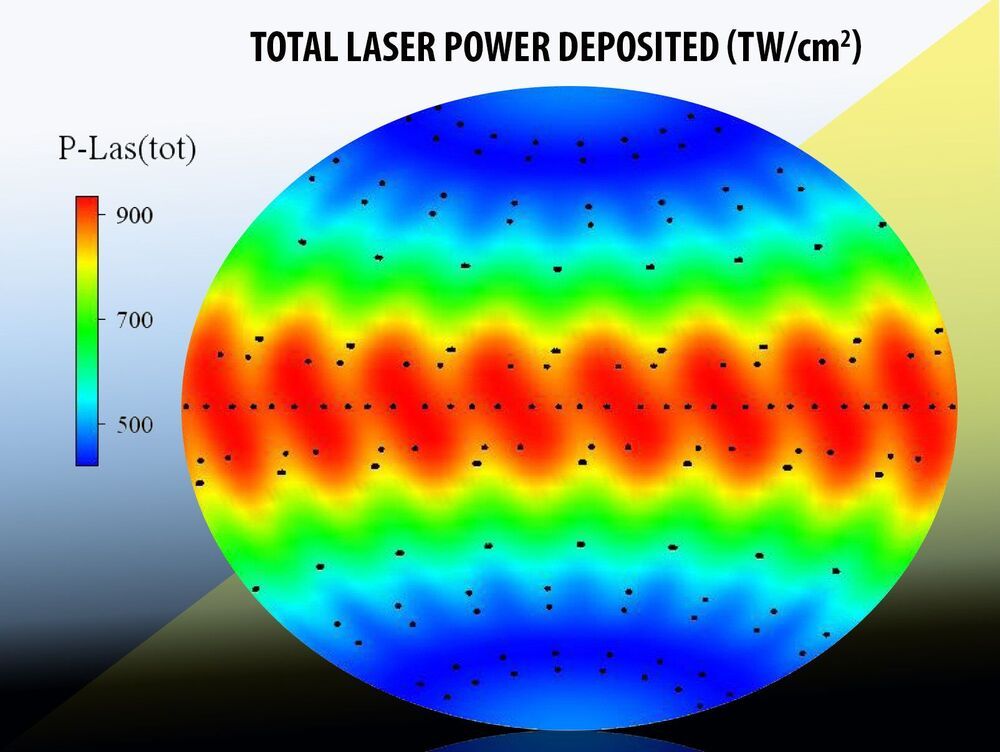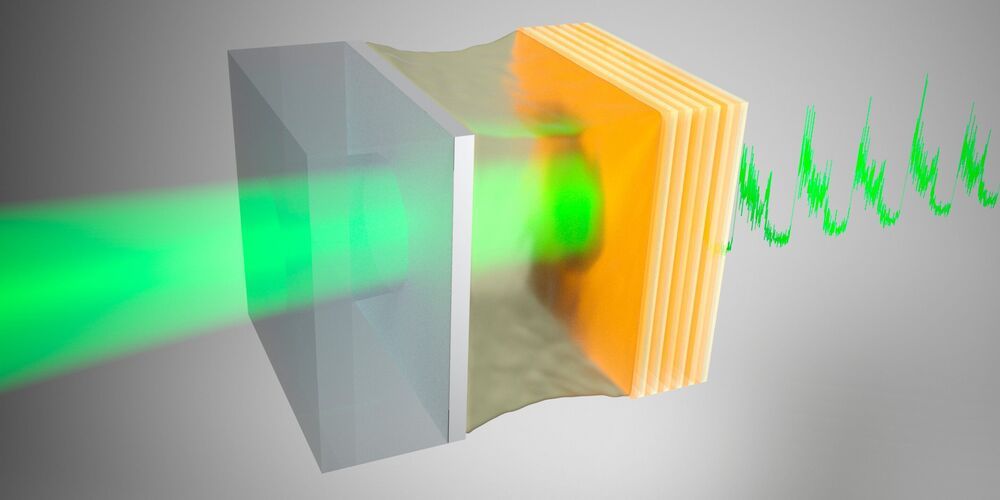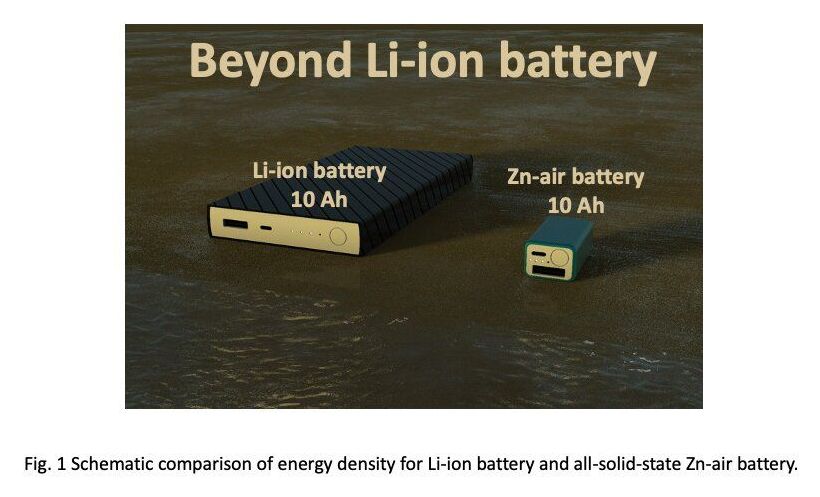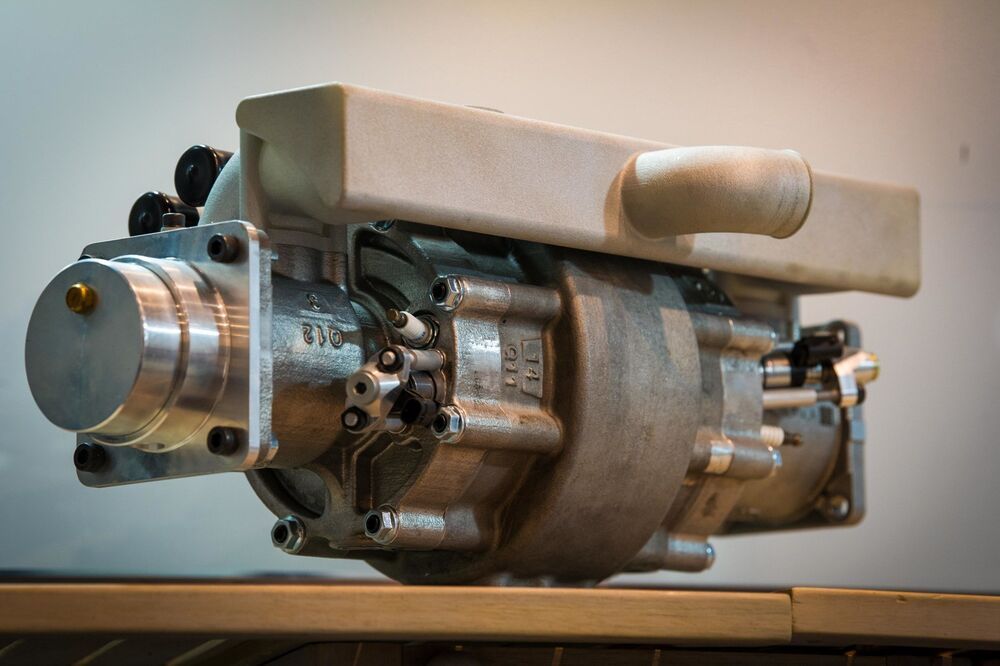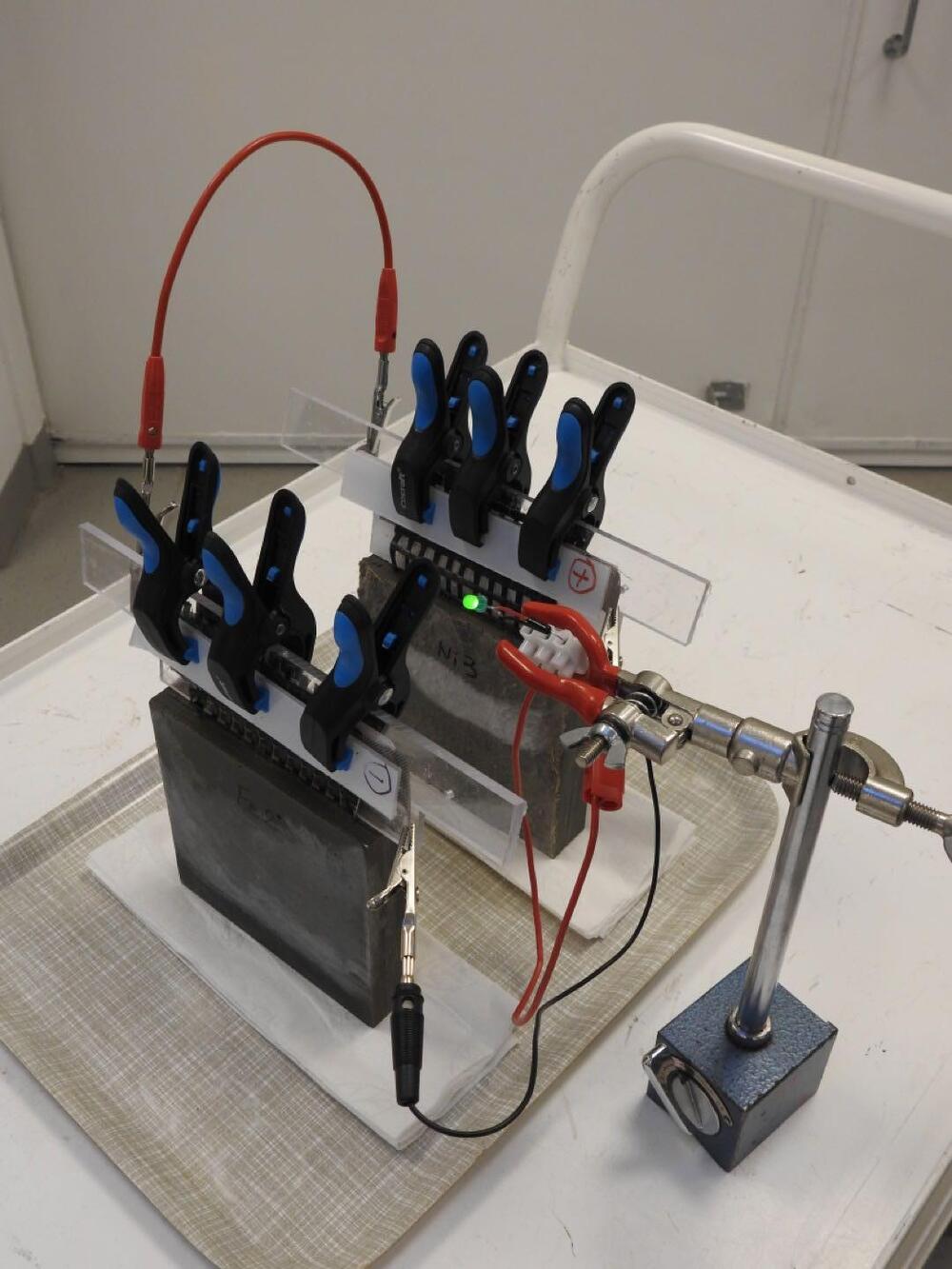Scientists have examined the performance of pure boron, boron carbide, high-density carbon and boron nitride ablators—the material that surrounds a fusion fuel and couples with the laser or hohlraum radiation in an experiment—in the polar direct drive exploding pusher (PDXP) platform, which is used at the National Ignition Facility (NIF). The platform uses the polar direct drive configuration to drive high ion temperatures in a room-temperature capsule and has potential applications for plasma physics studies and as a neutron source.
The key findings of the work, featured in High Energy Density Physics, show that these alternate ablators do not improve the symmetry of the PDXP implosion, according to lead author Heather Whitley, associate program director for High Energy Density Science in the Fundamental Weapon Physics section at Lawrence Livermore National Laboratory (LLNL).
“While our simulations predict that the platform is not amenable to the electron-ion coupling measurements due to a lack of implosion symmetry, the alternate materials do enable better coupling between the laser and capsule,” she said. “We plan to test those predicted impacts on future neutron source experiments.”
